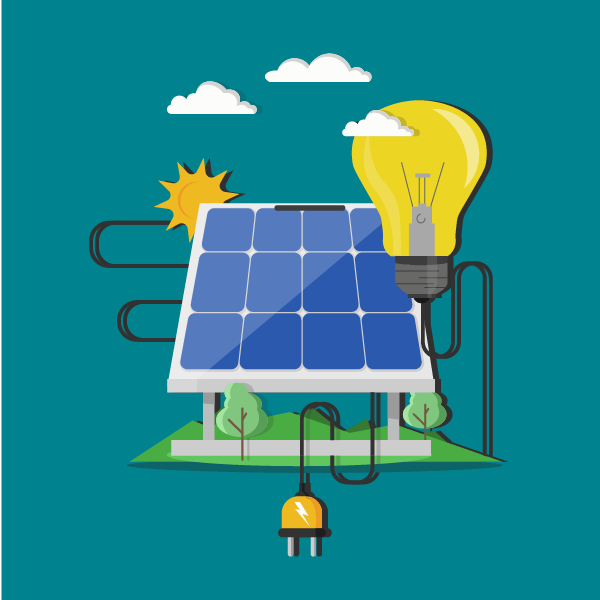
IRS TO ALLOW NON-PROFITS TO DECLARE CERTAIN ENERGY CREDITS FOR REFUNDS
Applicable entity eligibility
Applicable entities can use elective pay. Applicable entities include:
Tax-exempt organizations such as public charities, private foundations, social welfare organizations, labor organizations, business leagues and others
States and political subdivisions such as local governments or Indian tribal governments
U.S. territories and their political subdivisions
Agencies and instrumentalities of state, local, tribal and U.S. territorial governments
Alaska Native corporations
The Tennessee Valley Authority
Rural electric cooperatives How to receive the elective payment
For an eligible entity to receive an elective payment, they need to take the following steps:Identify the project or activity they are pursuing and satisfy all requirements for the applicable credit.
Determine the correct tax year, which determines the due date of the tax return.
Complete the pre-filing registration process with the IRS. More information about this process will be available later in 2023.
After the pre-filing registration process is complete and the requirements for the applicable credit have been satisfied, the eligible entity can claim and receive an elective payment by choosing the election on their annual tax return along with any form required to claim the relevant tax credit.
Applicable entities need their own Employee Identification Number (EIN) or Tax Identification Number (TIN) to complete the pre-filing registration process. Applicable entities that don’t otherwise have a filing requirement cannot use or borrow the EIN of a related entity.
Eligible credits:Production Tax Credit for Electricity from Renewables
Clean Electricity Production Tax Credit
Investment Tax Credit for Energy Property
Clean Electricity Investment Tax Credit
Low-Income Communities Bonus Credit
Credit for Carbon Oxide Sequestration
Zero-Emission Nuclear Power Production Credit
Advanced Energy Project Credit
Advanced Manufacturing Production Credit
Credit for Qualified Commercial Clean Vehicles
Alternative Fuel Vehicle Refueling Property Credit
Clean Hydrogen Production Tax Credit
Clean Fuel Production Credit
More information:
Elective Pay Overview, Publication 5817
Elective Pay Clean Energy Credits, Publication 5817-G
Procter & Gamble pays visit to VOG
On Wednesday, Aug. 9, 2023, a team from Procter & Gamble corporate office, Cincinnati, Ohio, paid a visit to Veterans Off-Grid. While the purpose of the visit was to obtain information about environmentally sound products that could be produced for homesteaders and those living off grid, the team spent a large part of their visit touring the property and asking questions about the variety of sustainable buildings at VOG.
The entire team was impressed by the work here and by our commitment to assisting veterans in need.

A team from Procter & Gamble visits VOG
Become a blog writer
Why write blogs for Veterans Offgrid? Blogging is valuable professionally, personally, and financially for those reading, including the veterans in need trying to turn their life around. It attracts an audience as you’re offering something without asking for anything in return. Blogging allows you to meet new people, create new opportunities, validate expertise, and create a more diverse professional profile according to The Huffington Post. Your research and willingness to share with the world facilitates you being part of the solution to two significant problems. Learn more about the process and start playing your part now by volunteering with us today!
Even though PTSD treatments work, most people who have PTSD don't get the help they need. June is PTSD Awareness Month. Help us spread the word that effective PTSD treatments are available. Everyone with PTSD—whether they are Veterans or civilian survivors of sexual assault, serious accidents, natural disasters, or other traumatic events—needs to know that treatments really do work and can lead to a better quality of life.
Over the weekend, the Military & The Arts workshop series continued with FIBER. Justin Amero set up at the Carson Cafe and offered knitting lessons to our area’s active military and veterans.
METAL, with Travel Webb (@taosvalleyforge), featured the basics of metal smithing, with forging basic shapes to make a wall hook.
Six active military and veterans were welcomed into Travis’s workshop for the afternoon of this half-day workshop offered free to our Military community.
The launch of the microgreens farm in the walipini was a huge success! Thank you to LANL and Taos Behavioral Health, Richard Kalenka and to all who participated in the planning and execution of this project. We are excited to now be able to offer healthy, local, fresh, organic microgreens and produce to our community year-round.
National Veterans Wellness and Healing Center is providing weeklong retreats for Veterans, Active-Duty Military, Reservists, and their partners (spouse, friend, family member) who have been diagnosed with PTS (post-traumatic stress).
Good News Good Planet, a bold artistic collaboration between Mandy Stapleford and Gina Gargone, delivers effective ‘short shots’ of apolitical, non-religious good news from around the world. Their program not only makes you feel good, but it encourages positive, solution-focused thinking.
Listen to what they had to say about Veterans Off-Grid.
New Mexico has abundant natural beauty and a diverse ecosystem but faces various environmental challenges. Water scarcity and pollution, air quality, and climate change are just some issues that require careful attention and solutions from policymakers, businesses, and individuals. One of the significant environmental challenges facing New Mexico is water contamination.
It is important for communities like Taos to address housing crises through a combination of short-term and long-term solutions, including increasing the supply of affordable housing, providing financial assistance to individuals and families in need, and strengthening economic stability through job creation and economic development. Collaboration between government, non-profit organizations, and the private sector is often key to successfully addressing housing crises and helping individuals and families maintain stable, secure housing.
The SSVF program provides a vital lifeline for veterans and their families who are facing housing insecurity or homelessness. By providing temporary financial assistance, case management, and support in finding and maintaining housing, the program helps veterans and their families quickly return to stable, secure housing and prevent homelessness from reoccurring.
For most people, buying a home is an exciting and emotional milestone. This can be especially true for veterans, who have likely spent years traveling between bases, and are looking for a place to finally call their own. While the home buying process can be overwhelming, there are many resources available to make it simpler and more affordable for those who have served in the military. If you’re a veteran or active military personnel and you’re starting the quest for your new home, be sure to first consider these seven important home buying tips.
Before discussing the pros/cons of privatizing the VA, it’s important to understand the history of the VA. The United States has a long history of carrying for her veterans, privatizing is not an easy task. From before the Constitution was signed to today, special care and benefits have been provided to veterans. Those benefits have grown over the decades from disability payments to insurance and educational assistance.
Agriculture has experienced a great transformation over the last three centuries. Our capacity to produce food from land has significantly improved as we adopted more intensive methods of crop cultivation. At the beginning of the 18th century, the average wheat harvest in England equaled 19 bushels per acre, while a hundred years later it was 30 bushels per acre.
Imagine if our atmosphere was nearly 100% methane and we woke up every morning to the smell of greenhouse gasses. This could happen because of food waste–food that is discarded or lost uneaten. When food is wasted, garbage trucks take it to landfills to dispose of refuse and other waste materials. No one knows that when food reaches landfills it releases a greenhouse gas, methane.
As other natural ecosystems, deserts have their own dynamics independent of human activities. Throughout the history, sand dunes have always been retreating or slowly expanding into adjacent areas when given the chance. But processes that happen during desertification are different. They do not follow natural patterns. They are more unpredictable and dangerous. They can happen much quicker!
If your community is like many others today, you’re seeing more and more solar panels installed on your neighbors’ rooftops. Solar photovoltaic system installations are booming. If you’re starting to think about saving money on your electricity bill with clean solar energy, you’re probably questioning, “How many solar panels do I actually need for my house?”.
Homes built to maximize sustainability often double as landmarks. It can be awe-inspiring to look at the architecture that lends itself well to the landscape around it, or it can be useful to see how someone balanced conflicting sustainable practices, such as rooftop gardens, rainwater collection, or solar panels.
As the human population increases and economies develop, we’re using more natural resources, materials the earth provides that enable economic gain. These substances include minerals, forests, water, fertile soil and more. In many cases, we’re using these resources faster than nature can replenish them. According to Global Footprint Network, we used a year’s worth of resources in seven months in 2018.
As a community college student, I frequently get an underwhelming “oh ok…cool” after answering where I attend school. Yes, community colleges tend to be frowned upon, but I’m convinced veterans, and non-veterans alike, should attend a community college before pursuing higher education. Here’s why…
In the United States, people are always encouraged to buy more things. Television advertisements, fashion magazines and towering billboards all offer what only the best, newest products can — happiness. But can material possessions really provide happiness? And, what’s more, even if they could, should a culture of consumerism be something countries aspire to cultivate? One popular movement addresses these and other questions about human relationships to stuff. It’s called “minimalism,” and ironically, it’s everywhere.
Long, long ago our planet was just a rock, a shell that had cooled over its molten hot interior, devoid of life. Hot gases poured out of its fissures, forming dense clouds in the atmosphere. And then it rained. It rained for thousands and thousands of years, filling the craters and grooves, percolating down through the fissures to fill underground caverns. With water and then sunlight, came life. Vegetation took hold, decayed, creating topsoil and more life. Single-celled life formed and from these simple cells, more complex life forms evolved.
Going green is a popular buzzword in today’s environmentally conscious society, but it’s not as easy as recycling or buying an electric car. Things in each room of your house could be a little greener, so let’s take a closer look at those rooms and figure out where you can make some eco-friendly improvements.
Why do we not usually take baths in ditches, brush our teeth in lakes, or serve up a glass of ice-cold ocean water? The reason is that there are limited sources of natural clean water sufficient for us to drink. We will likely continue putting massive amounts of river, aquifer, and seawater through intricate water treatment facilities, but a more sustainable and personal method should be implemented.
Whether you are living off the grid, in the suburbs, or in the heart of the city, there are benefits for indoor plants such as improving overall health and producing food. Granted, not everyone lives in a big house or have dedicated sun rooms or greenhouses, but there are ways to participate still! To save space, plants can grow in water or air if low on space by using the Hydroponics or Aeroponics methods. Several off-grid house designs have gardens on the roof to keep the house cooler and maximize sunlight and space.
Landfills, despite common practice, are not environmentally friendly; however, there are more damaging ways to dispose of our garbage. For decades, various communities, corporations, and even the military have a similar habit of disposing of their toxic substances via burying them in a hole…
Fossil fuels are formed by natural processes that take place over the time span of hundreds of millions of years deep underneath the Earth’s surface. Because they takes too long to regenerate, fossil fuels are considered a non-renewable resource. Today, we are highly dependent on this type of resources in our daily life. Around 80 percent all our energy demand is covered by burning fossil fuels. But we are consuming too much and too fast. At the current consumption rate, it is estimated that fossil fuels will run out in less than 100 years. Then what?
An estimate published by the National Alliance to End Homelessness says there were approximately 565,000 homeless citizens nation-wide in 2015. According to Utah State University, between 11-14% (62,150-79,100) of those individuals were military veterans. These people are so visible that they eventually become invisible to those passing by. The problem is not only the lack of affordable housing but not being adequately prepared for civilian life.
Recycling is more important today than ever before. The amount of waste produced worldwide is estimated to triple by 2025, from 0.68 to 2.2 billion tons per year. The largest producers of waste are, in general, developed countries. Every day, 80 million plastic bottles and 288 million aluminum cans end up in waste in the United States alone.
From recycling and efficient heating solutions to renewable and buying locally sourced organic produce, we are spoiled for choice when it comes to ways we can help save the environment. Climate change, biodiversity loss and resource scarcity are global challenges but they should not leave us feeling powerless. Sometimes, solutions are so diverse and unexpected that they can even catch us by surprise.
Each day we are breaking new ground with renewable energy: from the new record Germany broke by generating 35% of power from renewables in first half of 2017 [1] to the fact that renewables investment remains larger than that for all fossil fuels[2]. And this is good news for our climate and environment: with increasing energy demand, renewable forms of energy enable us to fuel our needs with remarkably low greenhouse gas emissions especially when compared to fossil fuels.



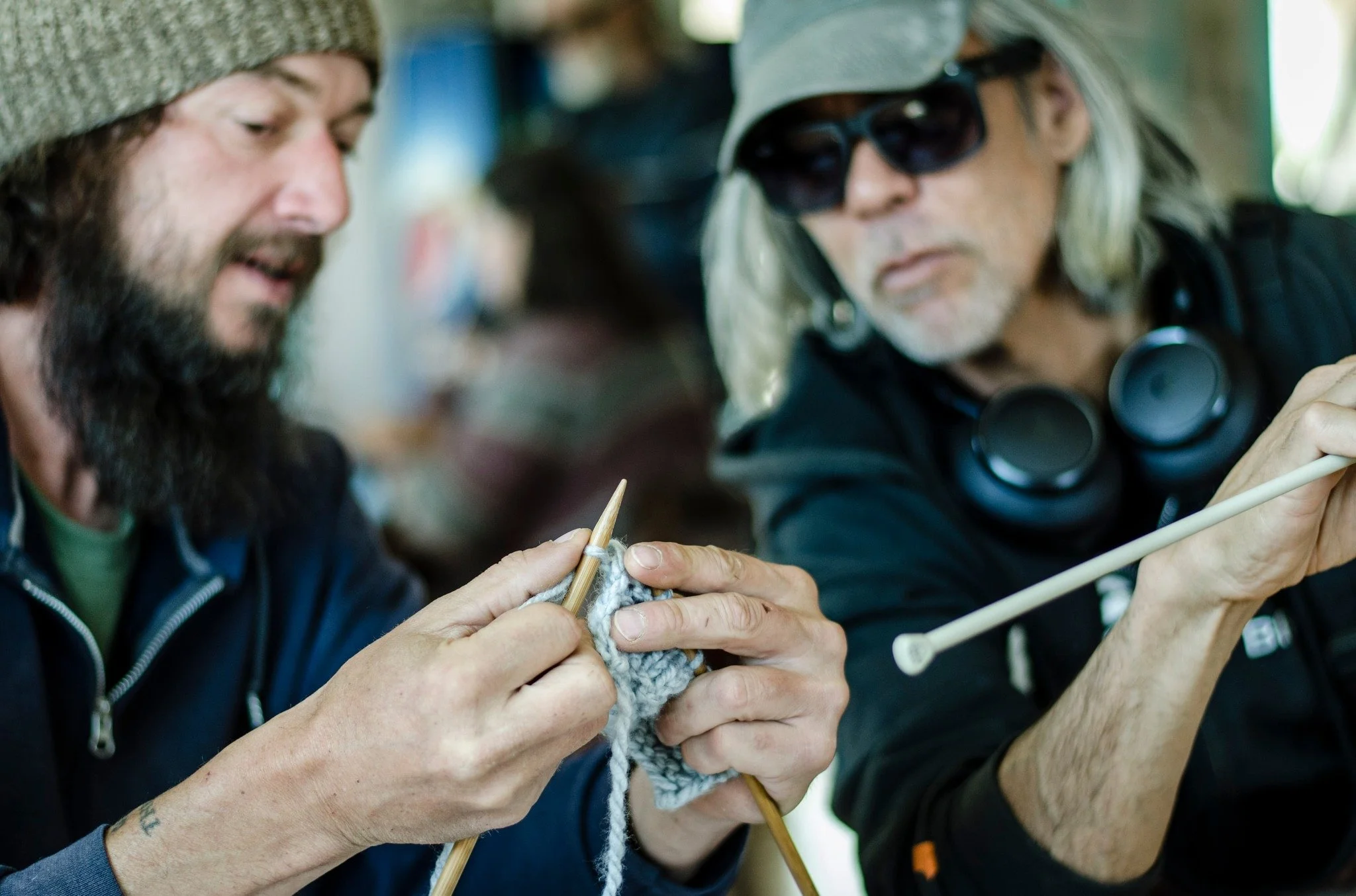
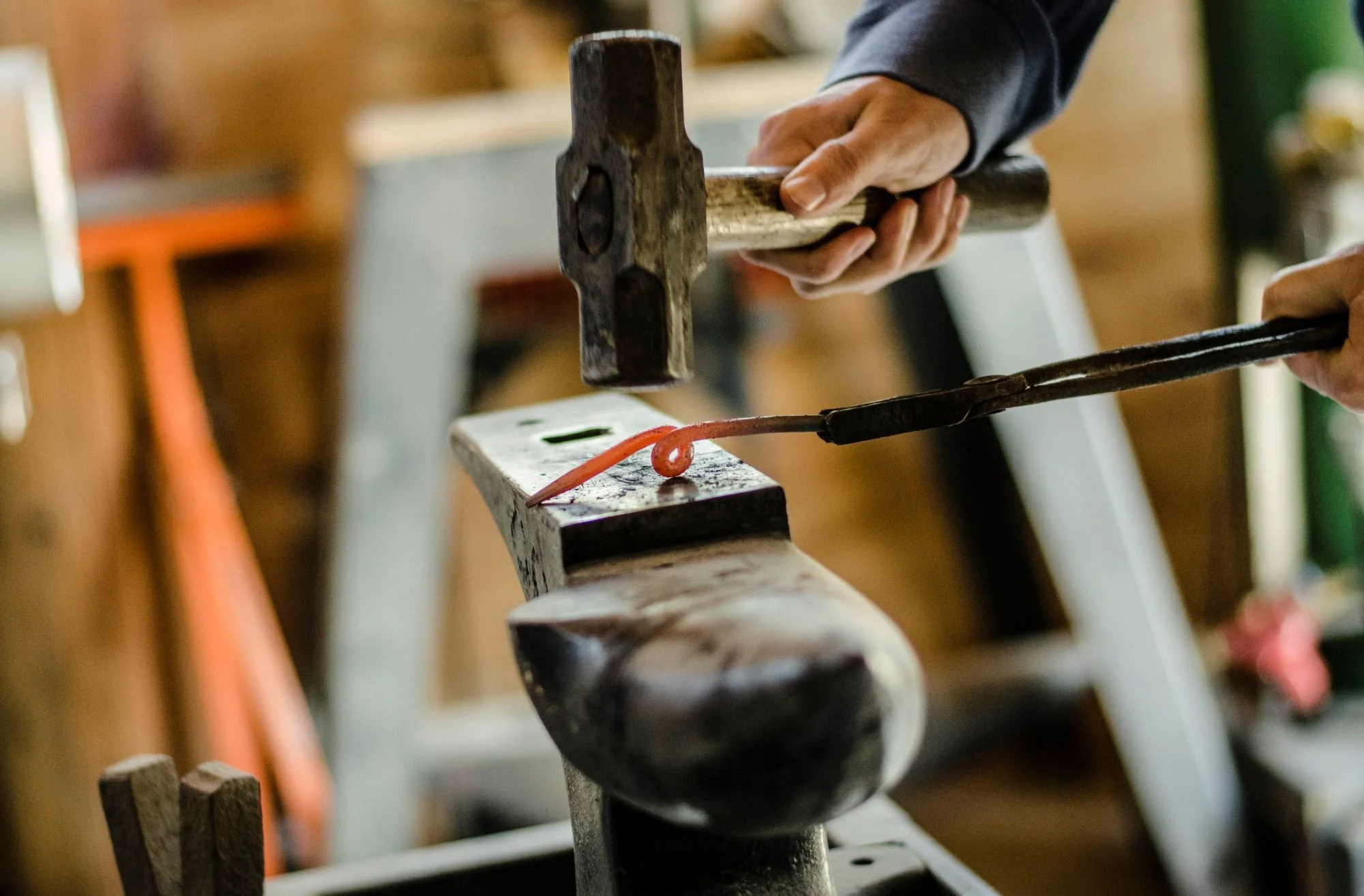
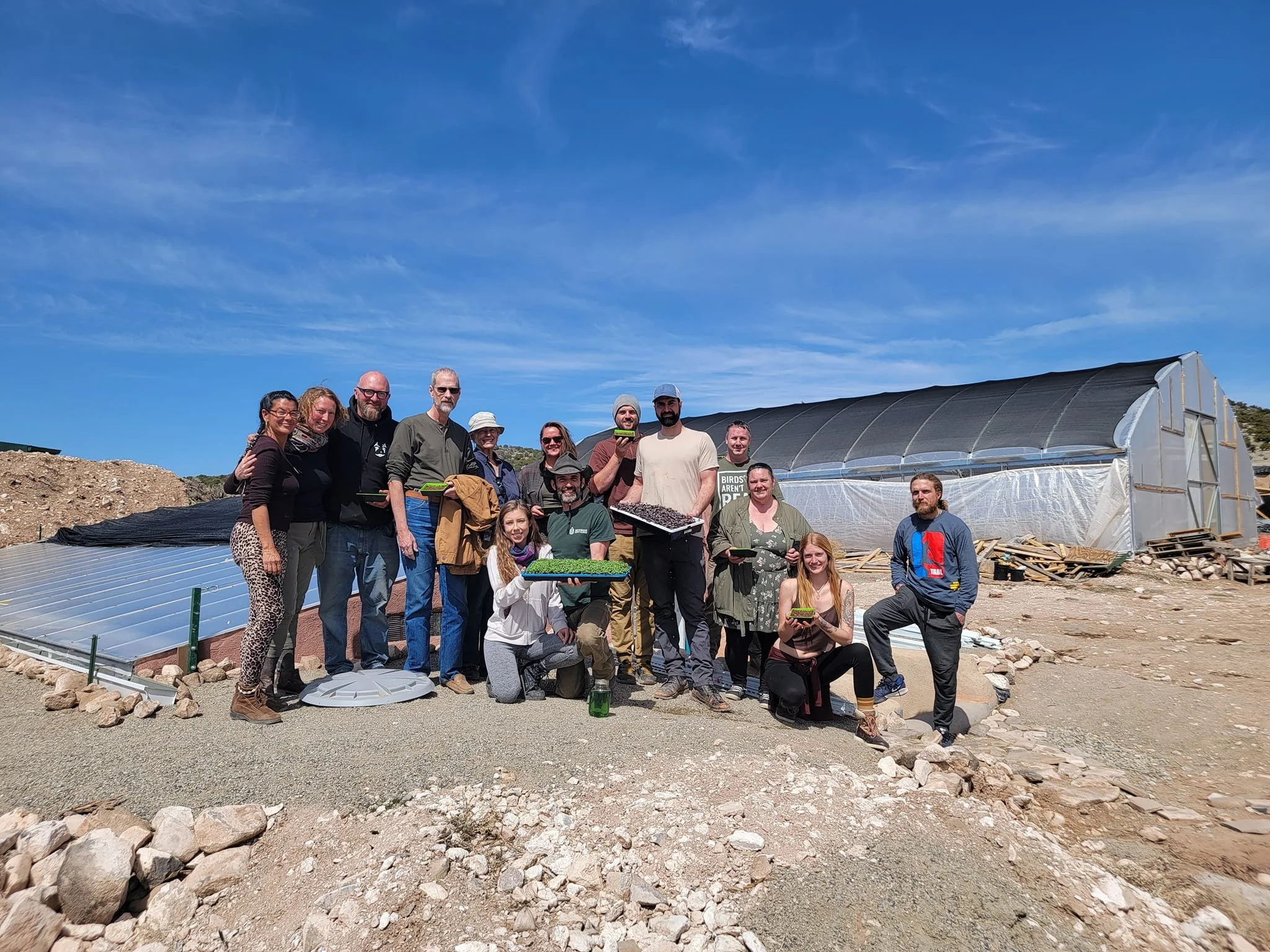
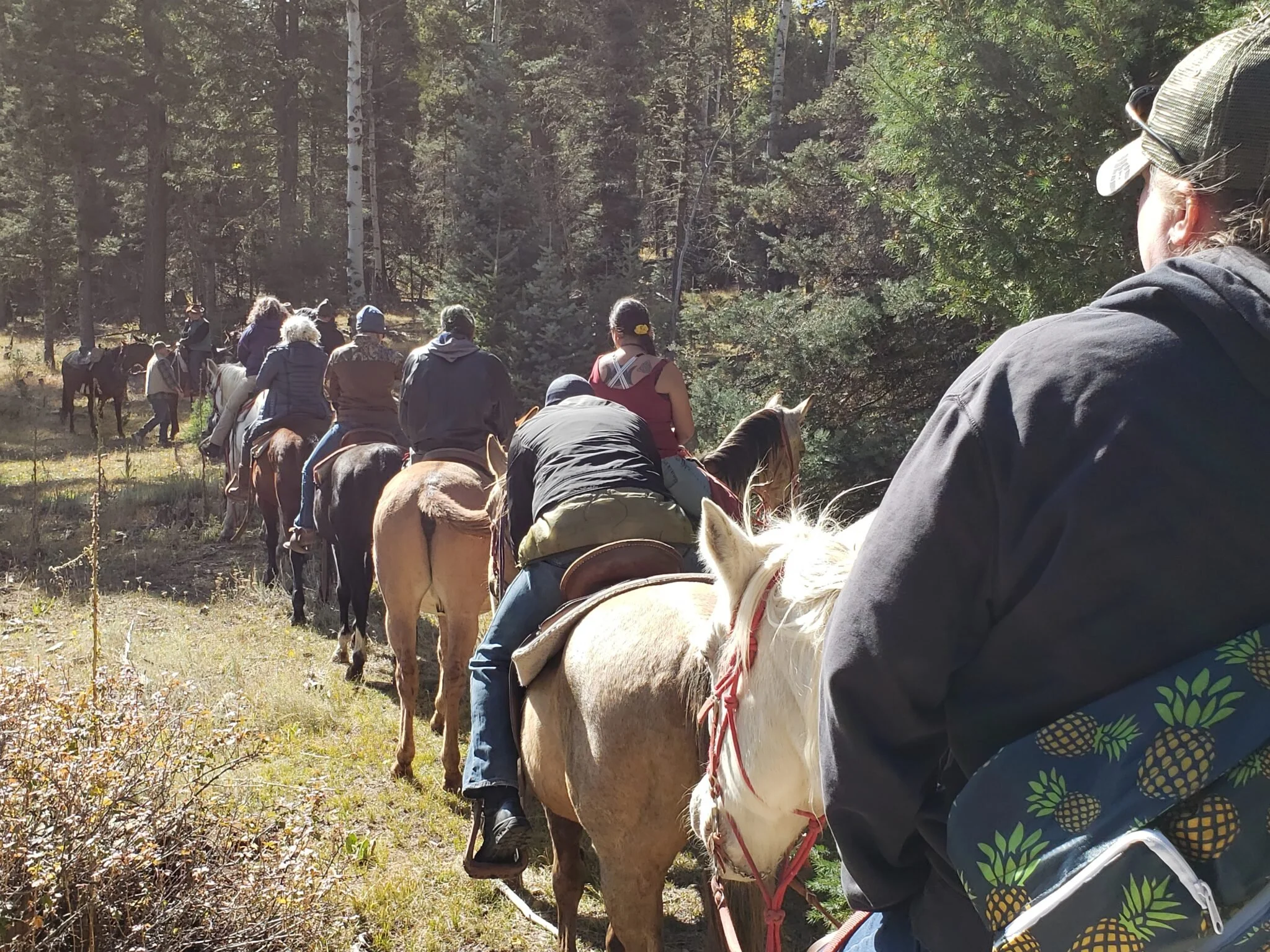
























Veterans, and many others, can suffer from stress in the most severe ways. Luckily, there are not pharmaceutical ways to combat stress and its associated symptoms. Yoga and mindfulness has scientific data proving its usefulness in managing stress and depression. For some, medication helps, others counseling, but for many neither work as effectively resulting in people exploring alternative avenues.